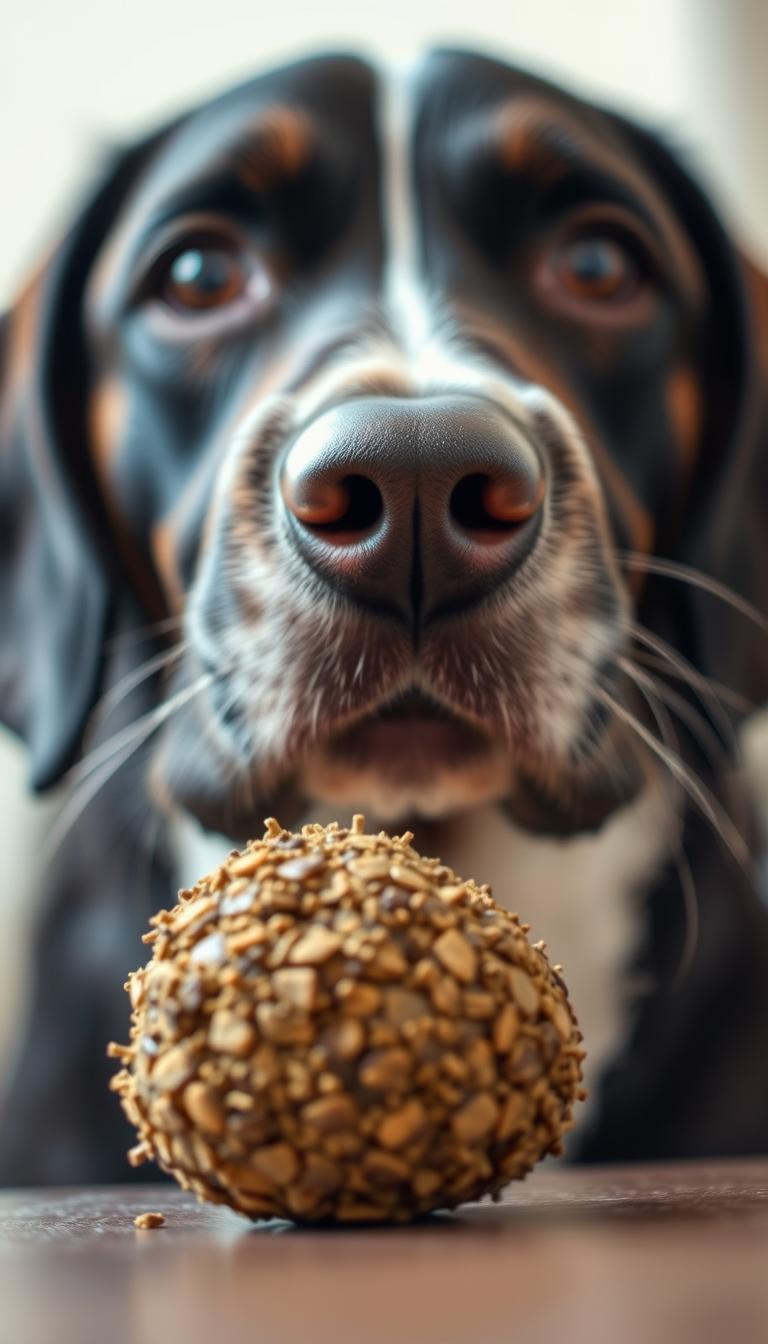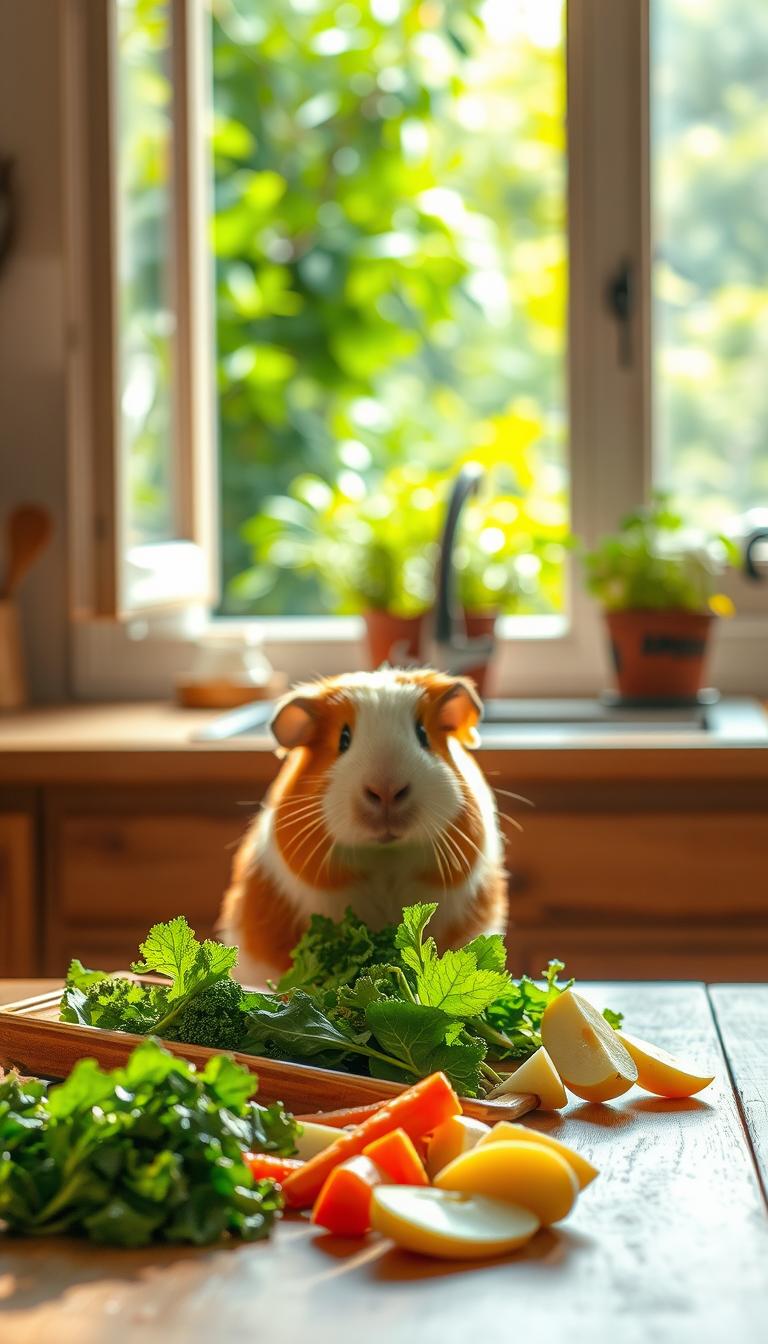Your furry companion’s outdoor adventures might expose them to hidden dangers. Many pet owners worry about leptospirosis, a bacterial infection spread through contaminated environments. While this disease often links to stagnant water, other transmission routes exist that demand attention.
Wildlife waste poses particular risks during backyard explorations. Small herbivores like rabbits can carry harmful bacteria in their droppings. When curious pets investigate these findings, they might accidentally ingest pathogens.
Transmission typically occurs through contact with infected bodily fluids. The bacteria thrive in moist soil and survive for weeks, creating invisible hazards. Urban parks, hiking trails, and even well-maintained yards can harbor these threats.
This guide explains how environmental interactions affect your pet’s health. You’ll learn practical strategies to reduce exposure without limiting outdoor fun. We’ll break down scientific concepts into actionable advice for everyday pet care.
Stay informed about early symptoms and effective prevention methods. With proper knowledge, you can create safer play spaces while respecting your companion’s natural curiosity. Let’s explore how to balance safety and enrichment for your four-legged explorer.
Table of Contents
Understanding Leptospirosis in Dogs
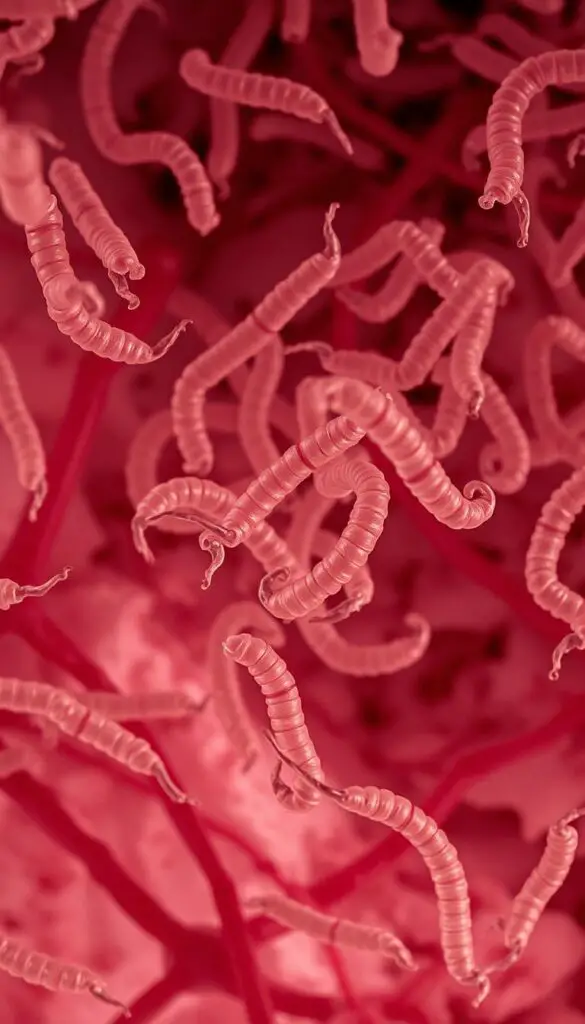
Protecting your pet starts with knowing the risks they face. This bacterial disease hides in unexpected places, threatening both four-legged friends and their families.
What Is Leptospirosis?
This spiral-shaped bacteria spreads through contact with contaminated water or soil. Unlike common germs, it survives weeks outdoors, waiting to infect unsuspecting hosts. Wild animals often carry it without showing symptoms.
How It Affects Your Dog’s Health
Once inside your pet’s body, the infection races through their bloodstream. It targets vital organs like kidneys and liver, causing swelling and pain. Early signs include fever and lethargy, but damage happens quickly.
| Affected Organ | Common Symptoms | Timeframe |
|---|---|---|
| Kidneys | Increased thirst, frequent urination | 3-7 days |
| Liver | Yellow gums, vomiting | 5-10 days |
| Bloodstream | Fever, muscle pain | 1-3 days |
Vets consider this a critical emergency needing immediate care. What many don’t realize? Humans can catch it from their pets through contact with urine. Regular vaccinations and clean-up routines break this dangerous cycle.
How Dogs Encounter Leptospirosis in Everyday Life
Common outdoor spots your pet loves might harbor invisible risks. While enjoying nature walks or backyard play, exposure often happens through environmental interactions you wouldn’t suspect.
Exposure Through Contaminated Water and Soil
Stagnant water sources act like bacterial hotels. Puddles after rain or muddy trails near ponds often contain urine from infected animals. A single sip or paw dip introduces dangerous microbes.
Moist soil holds bacteria for months. Digging enthusiasts risk exposure through their nose or tiny cuts. Even urban parks aren’t safe – rats and squirrels leave contaminated traces near trash bins.
The Role of Wildlife and Farm Animals
Raccoons and skunks frequently visit yards after dark, leaving urine near plants. Rural adventures bring risks from cows and pigs – their living spaces often teem with bacteria.
Three main carriers spread the disease:
- Urban wildlife (rats, opossums)
- Livestock (cattle, swine)
- Stray animals with unknown health histories
Simple contact with contaminated grass can transfer bacteria. The CDC vaccination guidelines recommend annual shots for pets in high-risk areas. Always rinse paws after walks – it breaks the infection chain before licking begins.
Can A Dog Get Leptospirosis From Eating Rabbit Poop
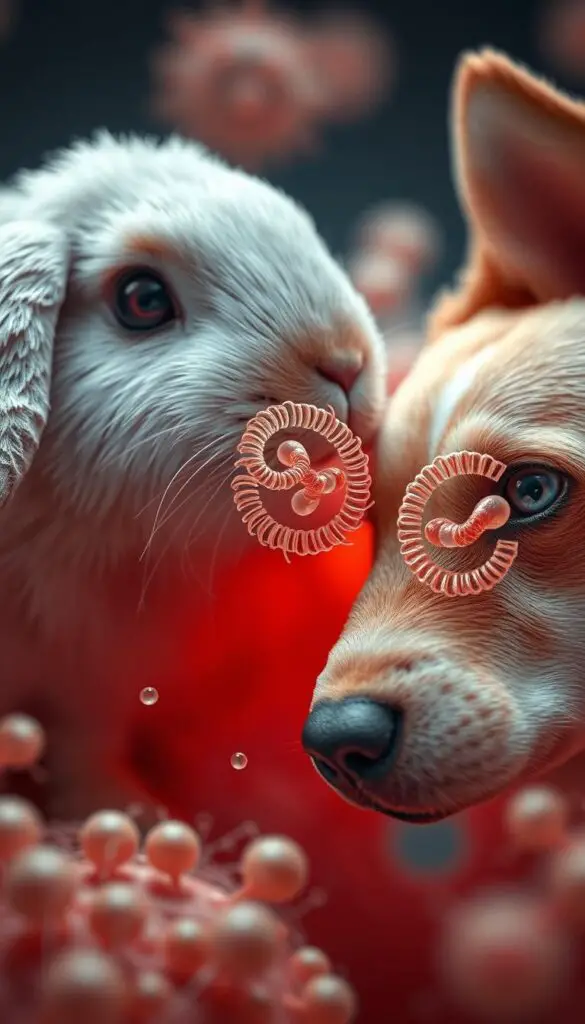
Exploring nature with your four-legged friend brings joy, but hidden biological factors influence infection risks. Let’s examine how bacterial varieties and environmental conditions affect transmission possibilities.
The Science Behind the Risk
Different strains of Leptospira bacteria specialize in infecting specific animals. Rabbits typically carry serovars like Leptospira interrogans, while dogs face threats from other variants. This biological mismatch reduces direct transmission chances.
| Animal Species | Common Strains | Cross-Species Risk |
|---|---|---|
| Rabbits | Serovars Bratislava, Icterohaemorrhagiae | Low |
| Dogs | Serovars Canicola, Pomona | High |
Three key factors increase potential dangers:
- Mixed wildlife habitats where droppings overlap
- Extended bacterial survival in damp environments
- Weakened immune systems in young or aging pets
Fresh droppings in sunny areas pose minimal risk, while decomposed waste near ponds becomes problematic. Rainwater spreads bacteria across surfaces, creating invisible contamination zones.
Though rare, mutated strains sometimes jump between species. Regular vet checkups help detect early signs if your pet becomes infected. Stay vigilant during woodland adventures or visits to parks with heavy wildlife traffic.
Recognizing and Responding to Warning Signs

Spotting unusual behavior quickly could save your pet’s life. Early detection dramatically improves treatment outcomes for bacterial infections. Watch closely after outdoor activities where exposure might occur.
Common Symptoms to Watch For
Your furry friend might show subtle changes first. A sudden loss of appetite paired with unusual tiredness often signals trouble. Check for warmth around their ears or paws – elevated body temperature frequently appears before other signs.
Look for yellowish tints in the whites of their eyes or gums. This yellowing, called jaundice, means their liver needs urgent attention. Changes in bathroom habits – like straining or dark urine – point to kidney stress.
Muscle pain often reveals itself through stiff movements or reluctance to jump. You might notice trembling or excessive panting during walks. Blood traces in their stool or vomit demand immediate action – these aren’t normal quirks.
Dehydration worsens rapidly with repeated vomiting. Test their skin elasticity by gently lifting the scruff – slow retraction means they need fluids fast. Breathing difficulties or coughing? Head straight to your vet – these late-stage symptoms require professional care.
Keep a symptom diary if you suspect exposure. Note timing, severity, and specific changes. This information helps veterinarians create targeted treatment plans. Remember – acting fast prevents irreversible damage to vital organs.
Identifying Additional Risks from Rabbit Poop
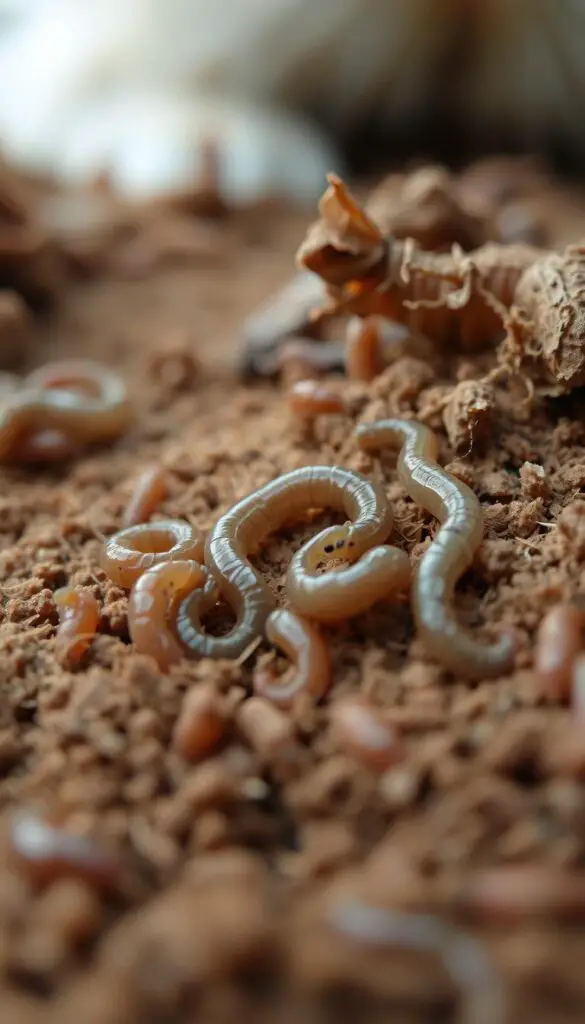
While exploring yards and trails, your pet might discover more than just adventure. Rabbit droppings often contain hidden biological threats beyond what meets the eye. Understanding these dangers helps create effective protection strategies.
Potential Parasites and Bacteria
Rabbit waste frequently carries microscopic invaders. Coccidia parasites attack intestinal tissues, causing bloody stool and dehydration. Giardia creates digestive chaos with vomiting and nutrient absorption problems.
Three key factors determine infection severity:
- Your pet’s age and immune health
- Environmental moisture levels
- Quantity of consumed droppings
| Pathogen | Common Symptoms | High-Risk Pets |
|---|---|---|
| Coccidia | Bloody diarrhea, weight loss | Puppies under 6 months |
| Giardia | Chronic gas, lethargy | Senior animals |
| E. coli | Fever, appetite loss | Pets with existing disease |
Young animals face greater risks due to developing immune systems. Moist environments help pathogens survive longer, increasing exposure chances. If your companion becomes ill, prompt veterinary care prevents complications.
Regular fecal tests detect hidden infections before they damage your pet’s body. Always supervise outdoor playtime in areas frequented by wild animals – prevention beats treatment every time.
Prevention Tips to Safeguard Your Dog’s Health
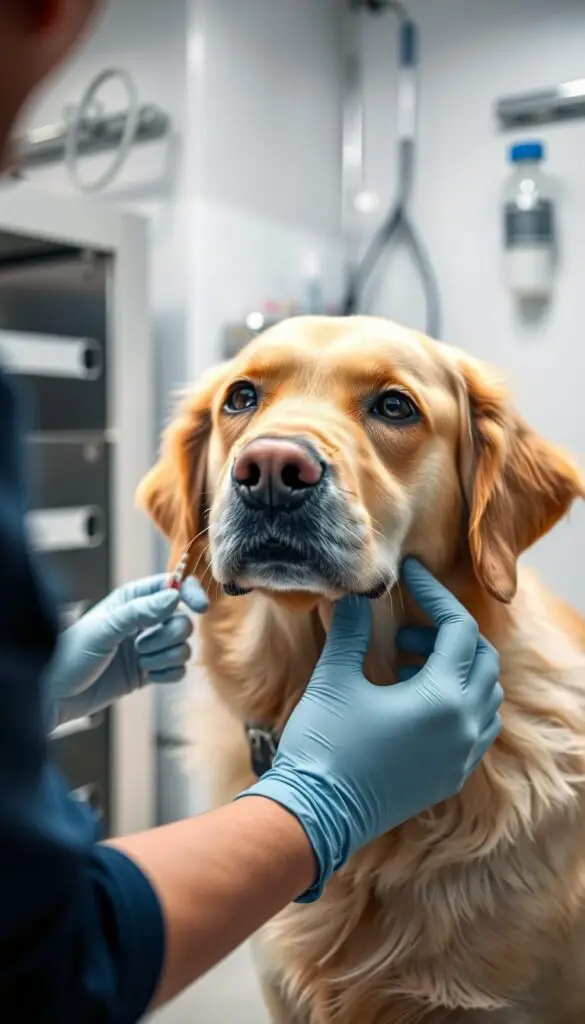
Keeping your four-legged friend safe requires smart prevention strategies that adapt to their lifestyle. A combination of medical protection and environmental awareness creates strong defenses against hidden threats.
Effective Vaccination and Routine Care
The vaccine available across the United States serves as your first line of defense. Puppies typically start their shots at 12 weeks, with a second dose 3-4 weeks later. Annual boosters maintain protection through adulthood.
| Vaccine Stage | Timing | Protection Level |
|---|---|---|
| Initial Series | 2 doses (3-4 weeks apart) | Builds base immunity |
| Annual Boosters | Every 12 months | Sustains defense |
| High-Risk Areas | Every 6-9 months | Enhanced coverage |
While vaccines target common strains, no shot offers complete immunity. Partner with your veterinarian to adjust schedules based on local outbreak patterns. Blood tests during checkups help monitor your pet’s immune response.
Safe Outdoor Practices and Environmental Hygiene
Create safer exploration zones by managing high-risk areas. Replace standing water sources with flowing fountains, and fence off marshy garden corners. Always carry a travel bowl during hikes to prevent thirsty sips from puddles.
Three key habits reduce exposure:
- Wipe paws after walks with pet-safe disinfectants
- Store trash in wildlife-proof containers
- Install motion lights to deter nocturnal visitors
Monthly yard maintenance breaks the bacteria’s life cycle. Clear fallen fruit promptly and repair leaky sprinklers. Remember – prevention works best when combined with regular treatment discussions during vet visits.
Treatment and Management Options for Leptospirosis
When your pet faces health challenges, swift action makes all the difference. Leptospirosis in dogs demands urgent veterinary attention to halt its rapid progression. Early intervention dramatically improves recovery outcomes while protecting vital organs.
When to Seek Veterinary Care
Contact your veterinarian immediately if your companion shows blood in urine or sudden vomiting. These red flags often signal kidney and liver distress. Delayed care risks permanent damage – every hour counts with this aggressive infection.
Supportive Therapies and Home Care
Hospitalization typically involves IV fluids and antibiotics to combat the bacteria. Blood tests monitor organ function during this critical phase. At home, maintain quiet rest areas and encourage small water portions hourly.
Complete all prescribed treatment courses, even after symptoms disappear. Your veterinarian might recommend follow-up tests to ensure full recovery. Most pets rebound well with proper care, though severely affected dogs may need ongoing kidney support.
Partnering with your veterinary team creates the best path forward. Through timely antibiotics and attentive monitoring, you’ll help your loyal friend overcome this bacterial threat.

